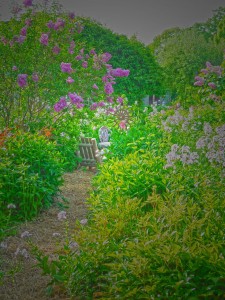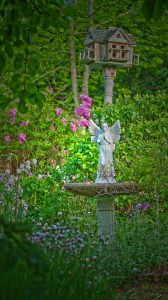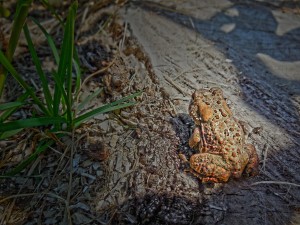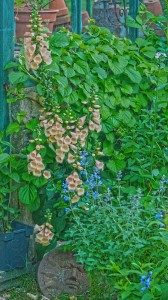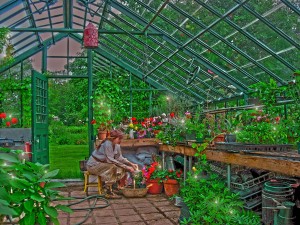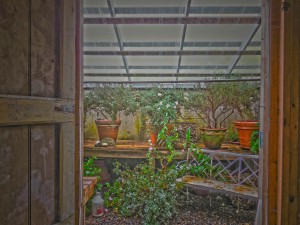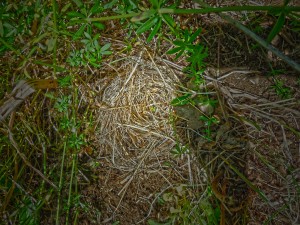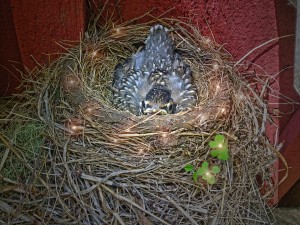Scenes from the Garden.
Gardens are mysterious places where magic really does happen. As I walked through my garden this morning these are some of the plants and wild-lings I happened to encounter.
The garden provides food for butterflies like this beautiful Eastern Tiger Swallowtail sipping nectar from a common white lilac blossom.
The Children’s Garden is full of surprises, like this new sculpture that found it’s way here.
The Lilac on the left is called Pocahontas, she is very fragrant and bees, moths and hummingbirds favor the nectar from her flowers.
Guardian of the Garden
A tribute to the fairies, this garden angel watches over both children and Fae. Did you know Fae is another name for Fairy and can be spelled either Fae or Fay? Some other names are Little People, Good Folk, Flutter-by, Wee Folk, The Hidden People and Faerie. At my farm the Home Place Fairies hold court. They are garden and house fairies native to the state of Maine, they help tend gardens, are fond of children and pets and live inside large old trees.
Toads are companions of the fairy folk, they like to snap up insects ,earthworms and slugs with their long sticky tongues. This little girl toad is named Brunhilde, she is only about an inch long.
Fairies love foxglove flowers. These beautiful apricot foxgloves are growing beside the entrance to my greenhouse door. The fairies like to wear hats made from these cap like flowers!
Spring is a busy time in the greenhouse, yesterday I finally planted most of my seedlings into the garden. Whew!
Large rosemary plants live year round in my under ground greenhouse, called a pit-house it is insulated by the earth on three sides, sunlight warms from above. These Rosemary have become large and quite heavy over the 25 plus years I have housed them. Too heavy to transport outdoors each spring, as I have not grown younger. This week I will take cuttings and root them for fresh new growth plants.
Catbirds are curious birds and somewhat annoying. Their name comes from their catlike call. They are mimics and imitate other songbirds as well as tree frogs and mechanical sounds! They make nests in coniferous shrubbery, like this one outside my bedroom window. They are fierce parents and will swoop down without hesitation on who or whatever goes near their nest. They allowed me to photograph this nest only because I am such good friends with the fairies.
Can you spot this little ground bird nest I found while edging the perimeter of my wild garden, I am not sure what type of bird is making it.
This glorious little creature is called a Hummingbird Moth and in my garden they are plentiful. A close friend of the fairy folk you can be certain fairies are nearby when you spot one of these little fellows.Their name comes from the fact that they look a lot like hummingbirds and are often mistaken for them. Unlike other moths they are not nocturnal, preferring the bright light of day to the darkness of night. They have olive green bodies banded with red stripes and little tufts of hair on the ends of their tails which resemble feathers. They arrive here at the farm as soon as the Lilacs, Dames Rocket and Dragons wort begin to blossom, sipping nectar through long tongues they roll up under their chins.
Remember this little fellow from the Tower by the Lake in one of my earlier blogs? Last seen as a nestling, now fully feathered, this little fledgling hopped out of her nest and flew off shortly after this photograph was taken, much to the delight of two little fairies who happened to be passing by. This little Robin’s parents will watch over her and assist in her feeding for 3 more weeks.
These are some of the sights in my garden from this morning. I wonder what I might see tomorrow?




